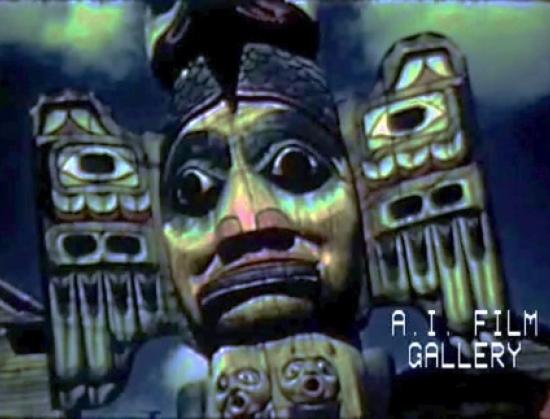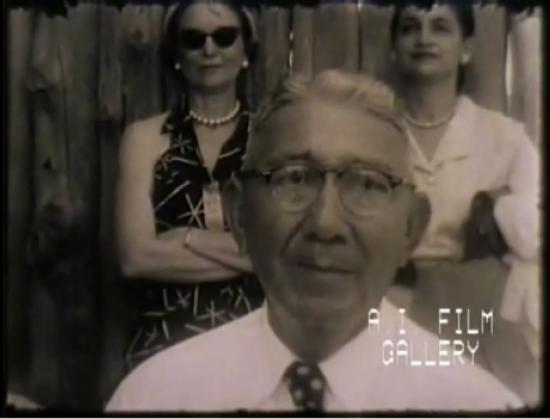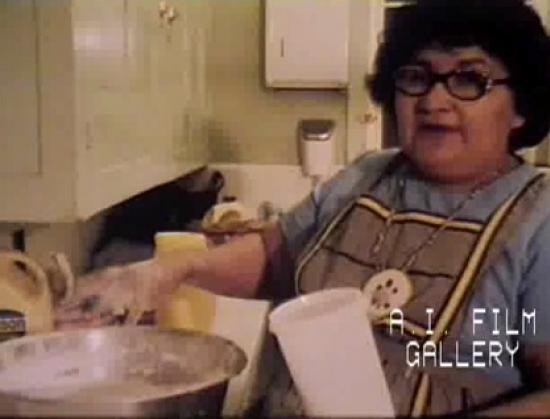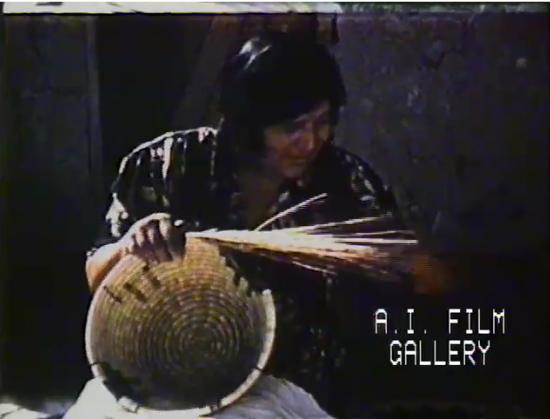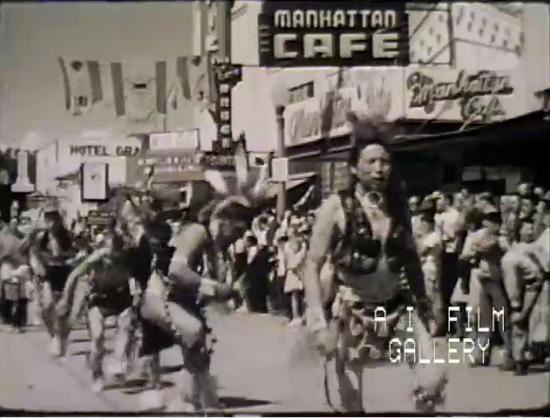The AIFG website is a work in progress. Because the films are its essential asset, we have made them available before the rest of the website is available. A list of films, arranged alphabetically by tribe or community, may be found under the "Films" tab above. You can also search regionally on a map of North America or Latin America. Tribal names can be searched in search pane to the right on this page. For questions or comments, please send an email to aifg@email.arizona.edu PLEASE NOTE THAT WE ARE NOT A FOOTAGE HOUSE. FOOTAGE REQUESTS SHOULD BE DIRECTED TO THE LIBRARY OF CONGRESS, MOTION PICTURE DIVISION.
A pilot digital repatriation project is under way to inclusively repurpose 60 mid-century films about Native peoples of the Southwes. In a process, which we call “tribesourcing,” we invite Native narrators re-narrate the films in indigenous or/and European languages in order to provide new audio tracks and descriptive metadata for the films. These new MP3 audio files will provide culturally-competent counter-narratives to the
films, thereby expanding access and enriching the collection’s information base. These remastered, decolonized films will migrate to a Mukurtu-based content management site which ensures culturally-sensitive archiving. Please see: Tribesourcingfilm.org
By recording alternate narrations in English and in Native languages, this project will balance the historical record, intentionally shifting the emphasis from external perceptions of Native peoples to the voices, knowledge, and reflections of the peoples represented in the films. By including Native language narrations, the project also will create a digital resource for language preservation tied to films about culture and lifeways.
The American Indian Film Gallery (AIFG) is an online collection of more than 450 historic films by and about Native peoples of the Americas, compiled and digitized by historian J. Fred MacDonald over many years. These films range in date from 1925-2010. Most date to the so-called Golden Age of educational filmmaking, from 1945 to the rise of consumer-grade video equipment in the 1970s. Many of the films from that period were sponsored by industry or governmental agencies. Others were made by independent educational filmmakers.
With the change in technology from film to video, films in the collection shift from being about Native people to by Native peoples. Much of the work made in the last third of the 20th century comes from Indian communities themselves.
You will find a wide variety of lifeways, cultural practices, biographies, public presentations, governmental actions, public ceremonials, and people represented. Some films also contain audio of Native languages being spoken, chants, and songs, providing a valuable resource for language preservation.
In July 2011, this collection was awarded to the University of Arizona. The original films are preserved by the Library of Congress. [read more]

